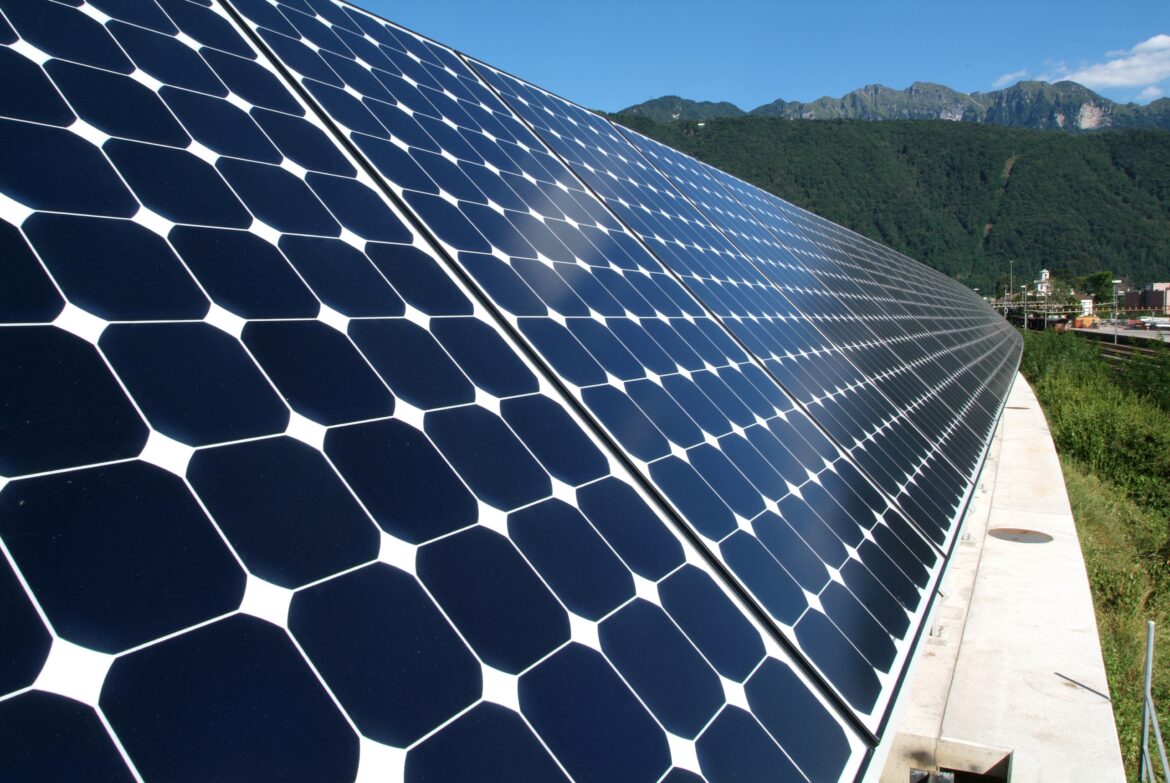Photovoltaics (PV) is the conversion of light into electricity using semiconducting materials that exhibit the photovoltaic effect, a phenomenon studied in physics, photochemistry, and electrochemistry. A typical PV cell consists of two or more p-n junctions. When light shines on the cell, it creates an electric field across the junctions that forces electrons to flow through the external circuit. This flow of electrons generates an electric current.
PV cells are made from a variety of materials, including crystalline silicon, amorphous silicon, cadmium telluride, and copper indium selenide/sulfide. They can be used in either standalone applications (e.g., powering a Calculator) or as part of larger systems (e.g., solar power plants). The first commercial application of PV cells was in 1954, when they were used to power spacecraft. Since then, PV technology has evolved rapidly and today it is one of the most promising renewable energy sources available.
The global market for PV is growing rapidly. In 2014, worldwide installed capacity reached 177 GWp (gigawattspeak),1 up from just 7 GWp in 2000.2 Europe remains the largest regional market with 70% share of global installations in 2014 followed by Asia-Pacific with 25% and North America with 5%.3 However, Asia-Pacific is expected to take over as the largest regional market within a few years due largely to strong growth in China and India; these countries are expected to install nearly 60 GWp and 20 GWp respectively by 2020 while Europe’s share is forecasted to drop below 50%.4
The cost of electricity from utility-scale PV plants has fallen dramatically over the past few years and is now comparable to other forms of generation such as coal or natural gas fired power plants5 making it one of the most competitive renewable technologies available today. These cost reductions have been driven by advances in technology as well as economies of scale resulting from increasing deployment levels globally;6 however continued cost reductions will be essential if PV is to play a major role in meeting future energy demand given that fossil fuels currently provide around 80%7of global primary energy supply8and emissions from their use are responsible for climate change which poses significant risks to society 9as well as being a key driver for policy support for renewable energy technologies such as PV .10
In order for PV to become a major player in the global energy mix it will need to continue reducing costs while also demonstrating durability and performance under real world conditions on large scales 11– two areas where considerable progress has been made recently but challenges remain .12 First , let’s look at some recent cost reduction trends before turning our attention briefly towards these remaining challenges .


